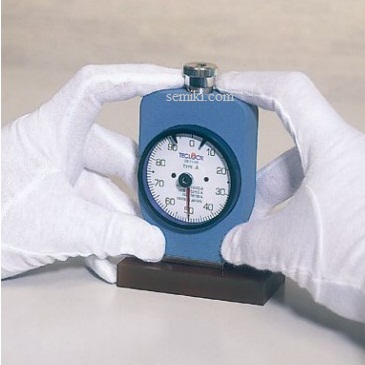
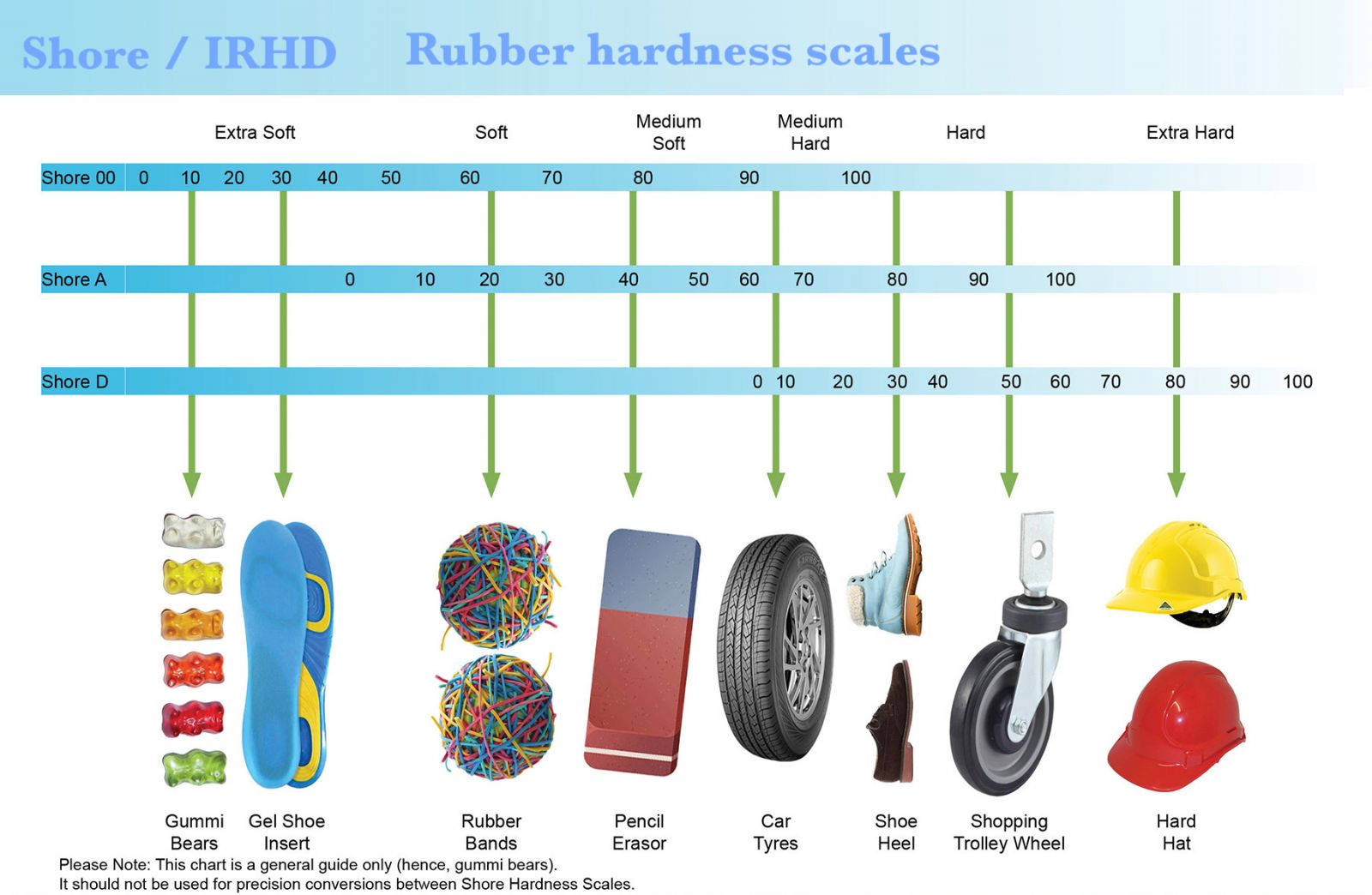
How to choose the right rubber hardness tester
What is the hardness of rubber?
Hardness is a measure of a material's resistance to scratches, abrasion, and indentation.
The hardness of a rubber describes how hard or soft the material is. It is an important factor in product design and is often one of the first properties considered when selecting a material. Hardness will determine the choice of material based on its intended application.
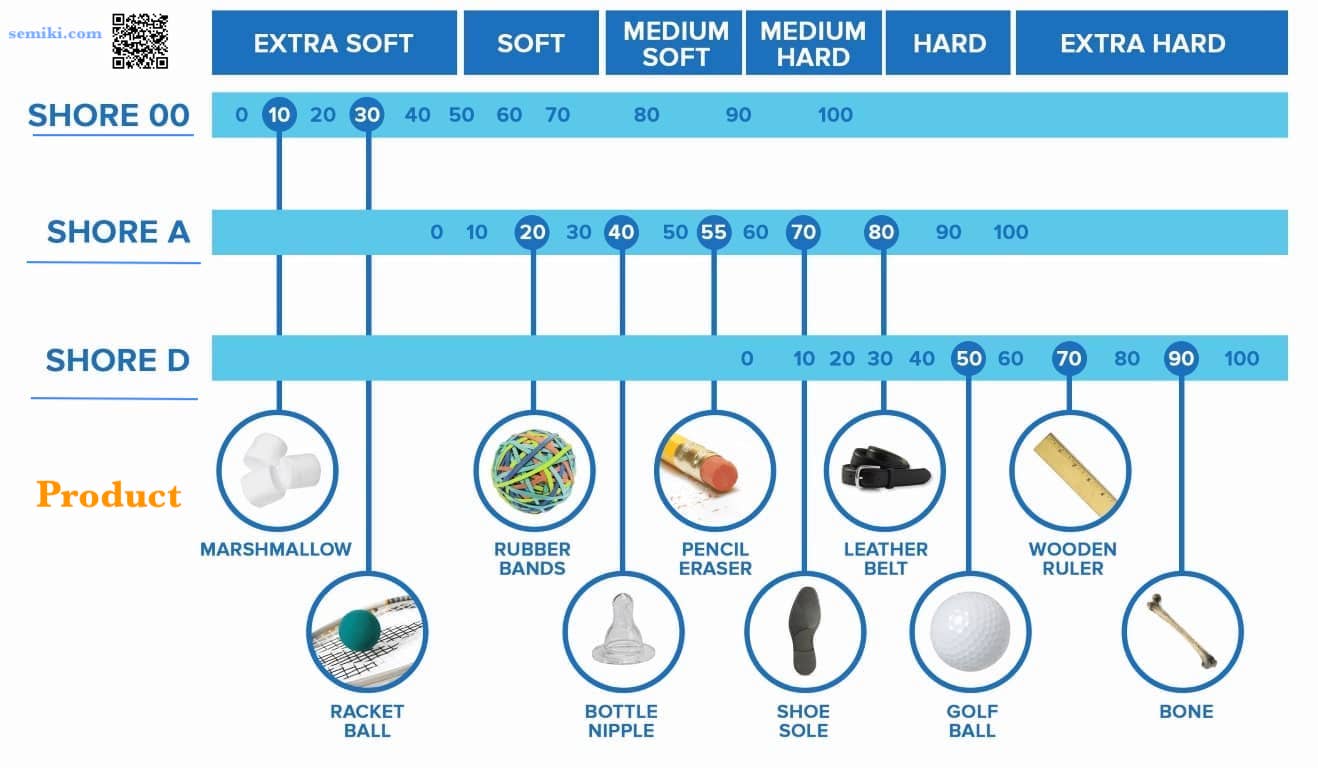
Named after its inventor, Albert Ferdinand Shore , Shore hardness provides different scales to measure the hardness of different materials.
♦ Albert Ferdinand Shore (1887-1936) created the scale Shore in the 1920s.
► Determining the hardness according to the standards of "SHORE" helps us to determine the type of material.
There are different Shore Hardness scales to measure the hardness of different materials, such as soft rubber, hard plastic, and super soft gel. These hardness scales were created so that people could discuss these materials and have a common point of reference for them.
Shore hardness, using the Shore A or Shore D scale, is the preferred method for rubbers and thermoplastic elastomers – and is also commonly used for ‘softer’ plastics such as polyolefins, fluoropolymers and vinyls.
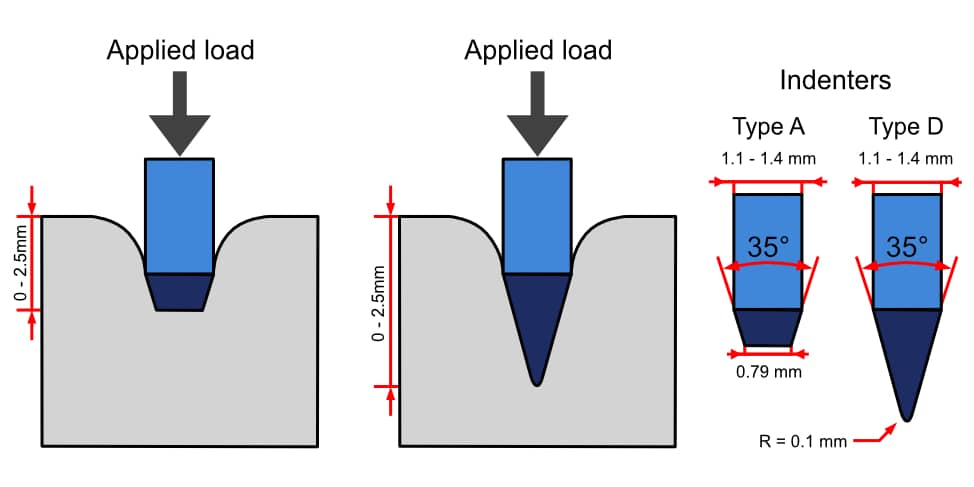
The Shore A scale is used for 'softer' rubbers while the Shore D scale is generally used for 'harder' rubbers. There are other Shore hardness scales, such as Shore OO and Shore E, but these are rare in the plastics and rubber industry.
For example, 30 Shore A is much softer than 80 Shore A. When a material reaches 95 Shore A, it will feel more like plastic over a flexible material. In this case, the Shore A and Shore D scales will overlap for a short time.
* How do you physically measure the hardness of a rubber material?
Different Shore Hardness scales measure a material's resistance to indentation. A 'durometer' (which looks like a round tyre pressure gauge) has a needle on a spring that protrudes from one end.
The needle is placed on the rubber or plastic and pressure is applied. Once the gauge is pressed firmly against the material and the needle has penetrated as far as it can, the gauge will indicate the corresponding hardness measurement.
Shore hardness is measured by an instrument called a Durometer, hence the term 'Durometer'. The hardness value is determined by the penetration of the Durometer probe into the sample being tested.
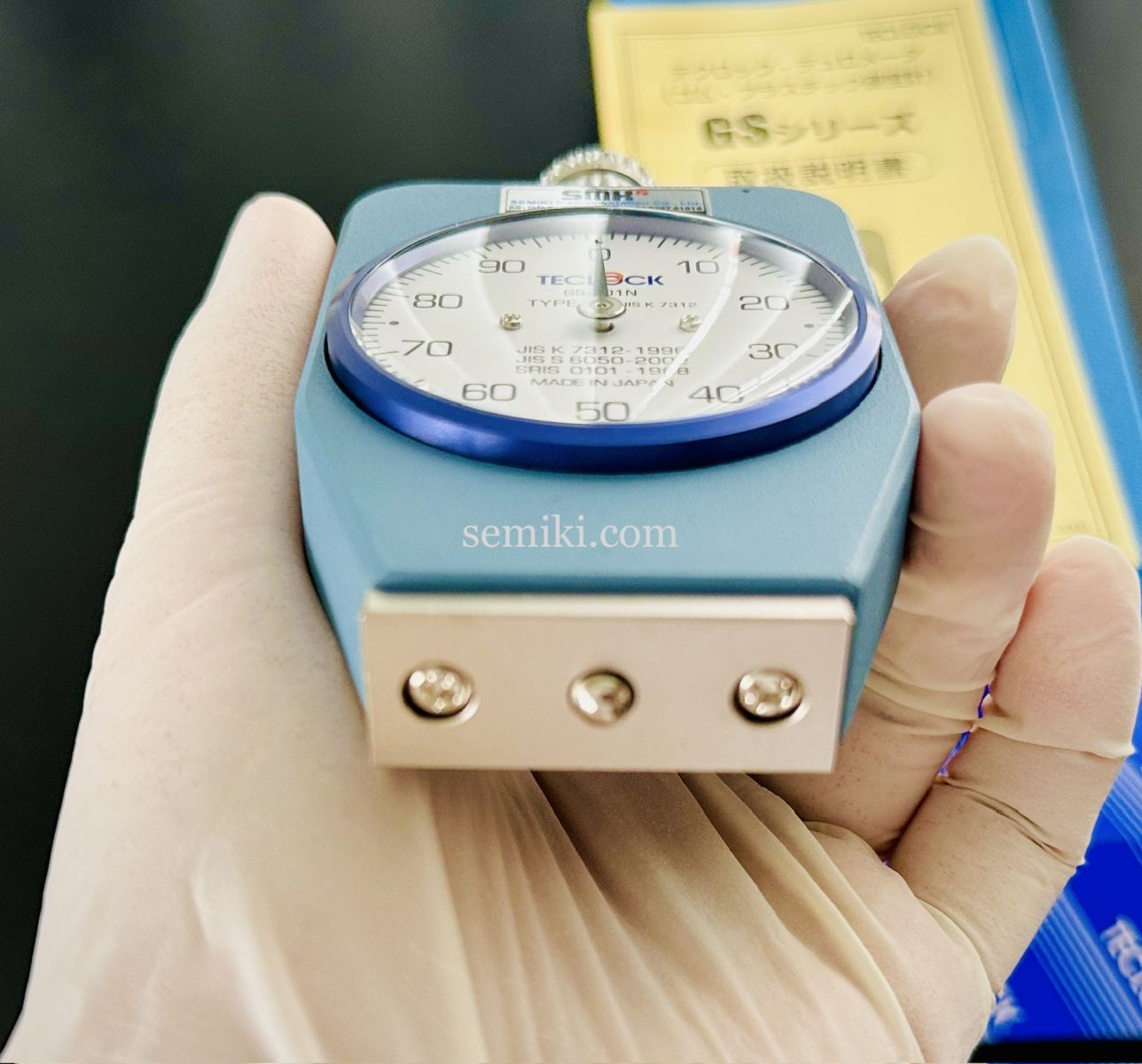
TECLOCK GS-701N: type C rubber hardness tester (EVA foam...)
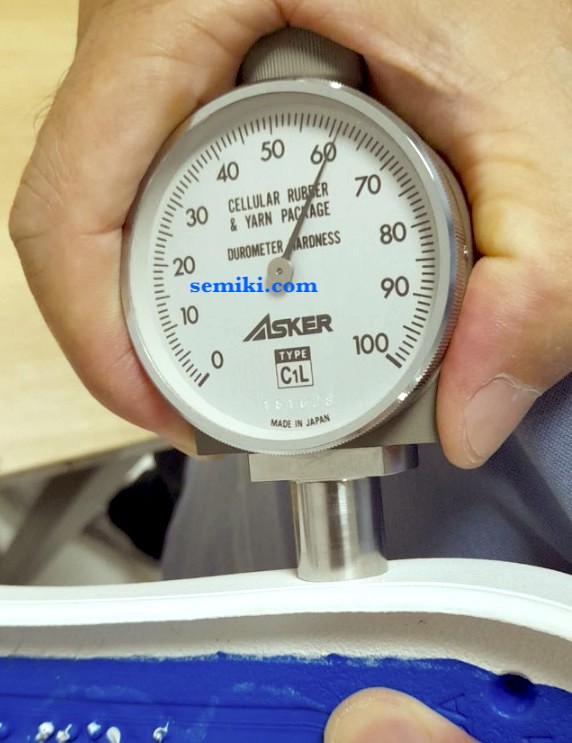
ASKER durometer C1L: hardness tester shore C commonly used to measure hardness EVA foam sole
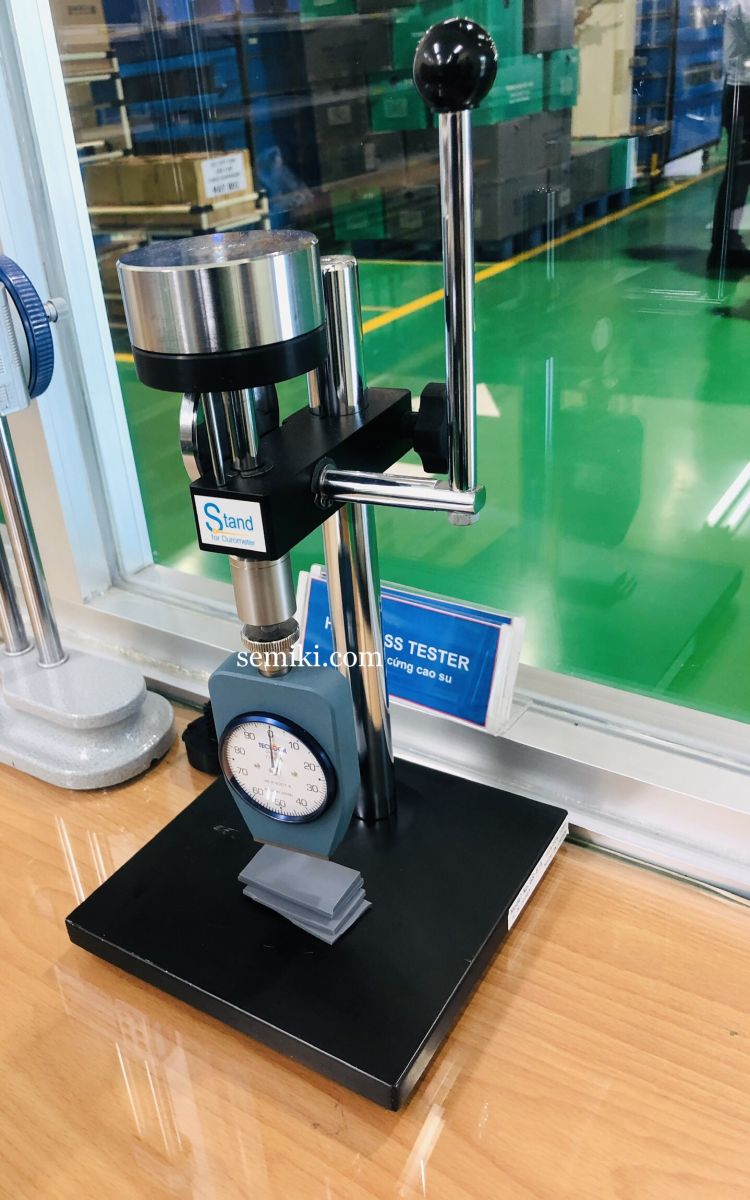
TECLOCK GS-709N Shore A soft rubber hardness tester with stand
* What is a Shore Hardness/Durometer?
A Shore/Duromter hardness tester is an instrument used to measure the hardness of materials, generally rubbers, elastomers and polymers.
The steel bar is spring loaded and activates a dial gauge with a scale of 1 to 100. The test specimen is placed directly under the beveled cone. The instrument is then pressed against the material until the flat metal plate at the bottom is flush with the elastic specimen.
On its scale, a higher number indicates better resistance to indentation and therefore a harder material. So the less the cone deforms the sample, the higher the hardness of the material.

Rubber hardness tester Type A,C,D Teclock GS
* International Rubber Hardness Rating (IRHD)
Like the hardness of Shore, experiment IRHD gives measurement results from 0 to 100.
The difference is that the value on the IRHD scale is non-linear and is related to the Young's Modulus (modulus of elasticity in tension or compression) of the material. The IRHD scale is chosen so that a material with a Young's Modulus of 0 would be represented by an IHRD hardness of 0 and a material with infinite Youngs Modulus would correspond to a hardness of 100.
There are four methods of performing the test depending on the hardness range of the rubber:
• Normal hardness test – for rubber in the hardness range of 30 – 95 IRHD.
• High hardness test – for rubber in the hardness range 85 – 100 IRHD.
• Low hardness test – for rubber in the hardness range of 10 – 35 IRHD.
• Micro test – a scaled down version of the regular test, for rubbers in the hardness range 35 – 85 IRHD.
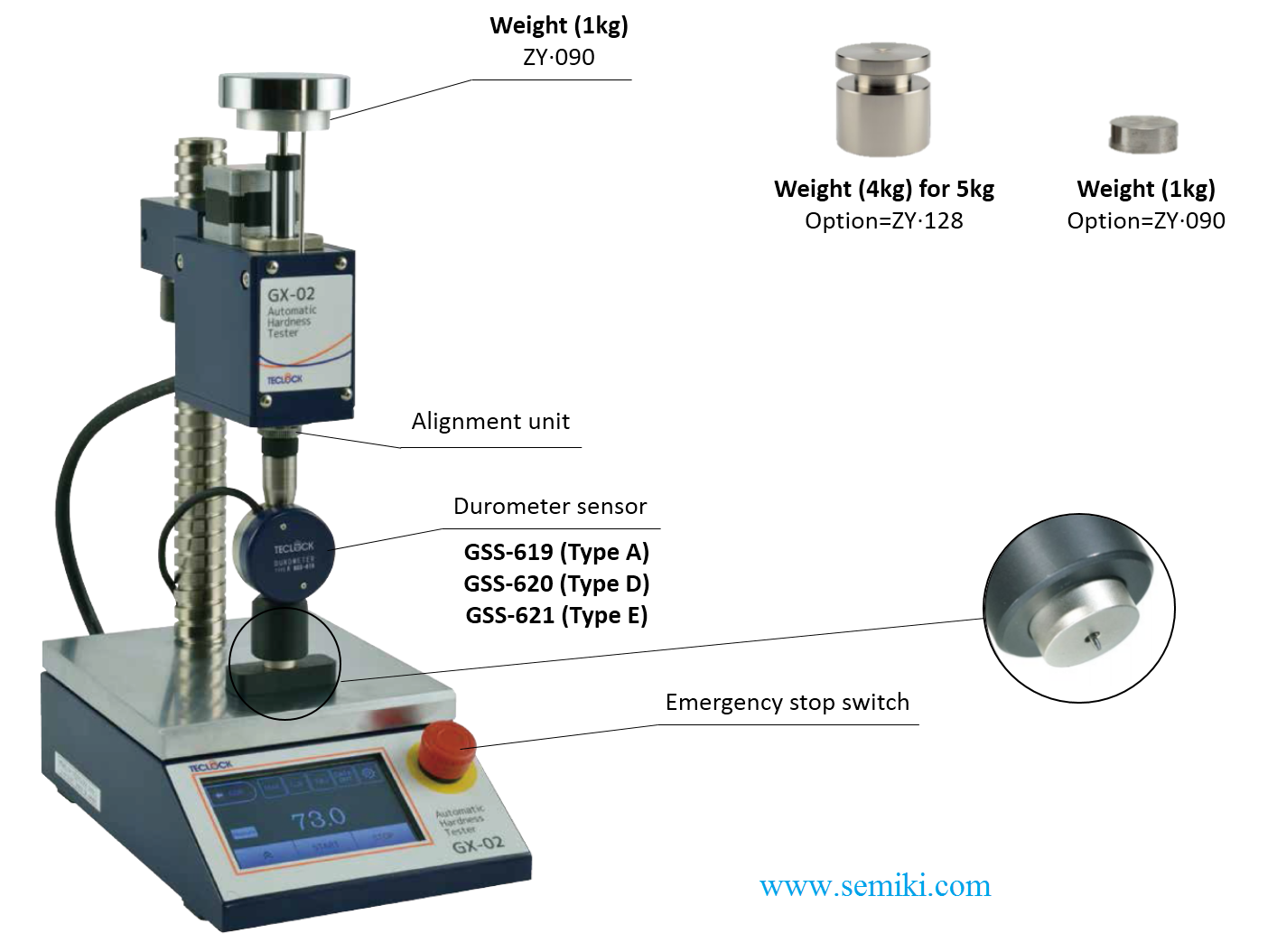
TECLOCK GX-02 Automatic rubber hardness measuring system (type A, D and E according to IRHD ISO 7619, JIS K 6253 standards)
Whole scale IRHD and scale Shore All give hardness measurements on a scale of 0 – 100 degrees.
The difference between the two methods stems from the fact that the Shore Scale is linear, based on the deflection of the rubber, while the IRHD is a non-linear scale related to the elastic modulus of the material.
For high resilience rubbers, Shore A and IRHD give equivalent values.
CONCLUDE
These are just two of the methods used in industry to measure the hardness of rubber materials “durometer”
Ultimately, it is important to contact a representative of the rubber hardness tester manufacturer to discuss the solution that best suits your needs.
With many years of experience in the field of measurement testing in the plastic and leather shoe manufacturing industry, Semiki engineers are trained, have installed, operated and instructed customers on how to operate, test and apply rubber hardness measuring equipment most appropriately and effectively.
Maintenance and calibration:
► SEMIKI will provide a calibration certificate attached (optional)
► Please maintain and calibrate the device after using it for a certain period of time.
CONTACT:
SEMIKI Measuring Equipment Company Limited
Email: sales@semiki.com
Office phone: +84 28 2253 3522